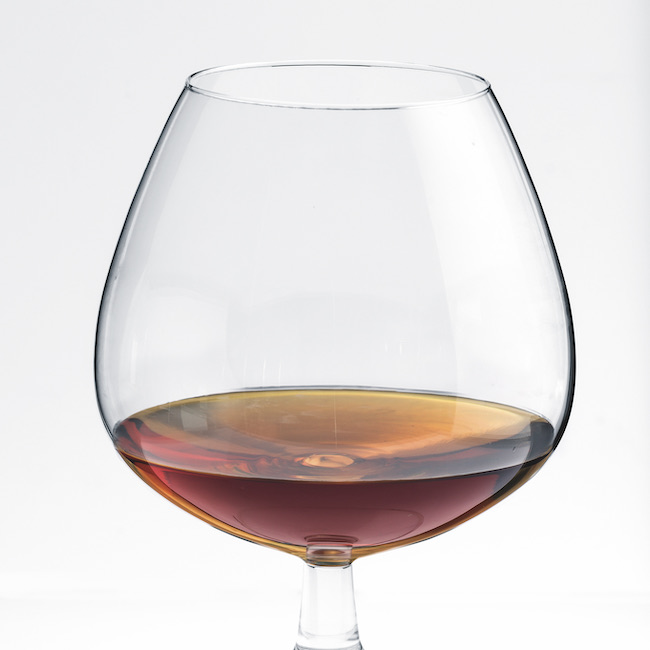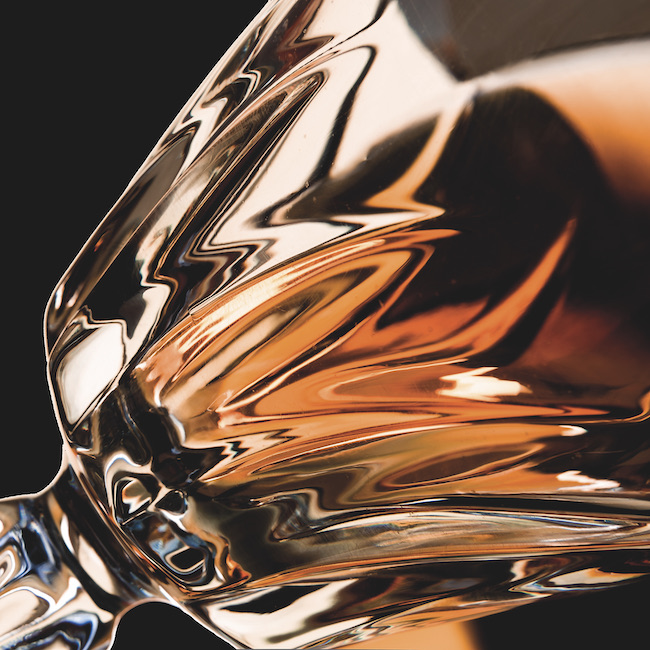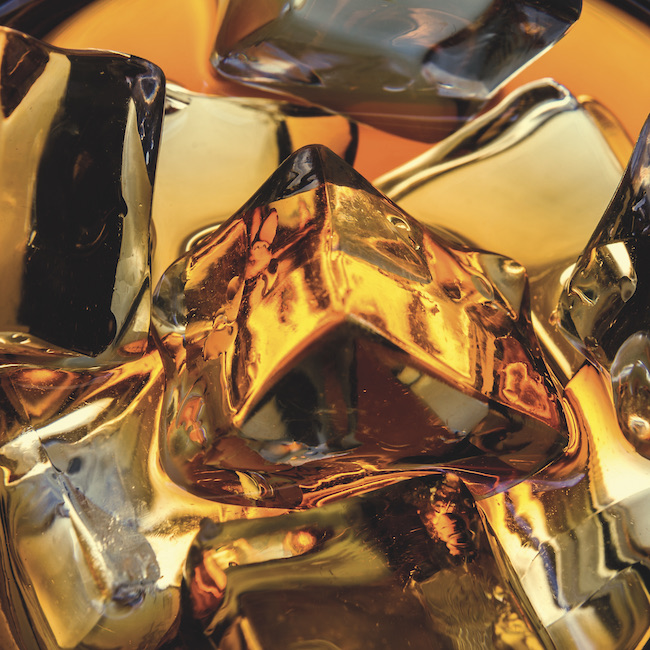by Andrew Neather - @hernehillandy
.png.transform/rendition-xs/image_image%20(1).png)
Spain’s most noble spirit can be enjoyed on its own but also works as a true ‘secret weapon’ for mixologists: versatile and exclusive

by Andrew Neather - @hernehillandy
There is a strong link between the British and the sherry trade. And it is in those sherry barrels that Brandy de Jerez matures to achieve its unique smoothness and flavour. We are talking about Spain’s most noble spirit.
Sherry bodegas have been distilling wine to make brandy since the eighteenth century. Thomas Osborne Mann, an English Westcountry shopkeeper, moved to Cádiz in 1772 to trade wines, founding the house of Osborne. But when demand for the product took off in the nineteenth century, with growing exports to Spain’s colonies and ex-colonies, bodegas had to look for a larger source of base wines than the local Palomino vines could produce.
The solution was wine from the relatively neutral Airén grape, vinified and distilled in La Mancha, central Spain, and then brought to Jerez for long maturation in soleras of old sherry barrels. To this day, this is the source of most of the spirit that becomes Brandy de Jerez.

The importance of the “sherry factor”
“The sherry factor is the distinctive aspect,” says César Saldaña, President of the Consejo Regulador del Jerez, the producers’ professional body. “The interesting thing is the enormous diversity of personalities it gives to the brandies” – depending on how long it has been matured and in which sherry casks.
A 500-litre cask previously used for Pedro Ximénez (PX) sherry will give a dark, sweeter brandy than an oloroso cask, as typified by Sanchez Romate’s Cardenal Mendoza or Williams and Humbert’s Gran Duque de Alba XO. Then again a fino cask, like those used by Gonzalez Byass in most of its Lepanto brandies, results in a lighter colour and more citrus flavour.
Gonzalez Byass is also unusual in being the only producer to use white wine made from local grapes, distilled in Jerez. The company moved its distilling operation back to Jerez in 2003, using two Charentais pots.
“It makes sense for the storytelling, and it’s better for sustainability – we are harvesting our grapes a couple of kilometres from our plant,” says Brand Manager José Argudo. “It’s amazing how a neutral grape like palomino changes, you get aromas of flowers and apple in first stage of distillation and smell it changing.”

A product of criaderas and soleras
Brandy de Jerez is unique among spirits in being matured using the traditional Jerez solera and criadera system, “true cathedrals of brandy”, says Livinia Stuyck of Fundador. Barrels are stacked in tiers, or criaderas, the whole forming the solera. A small amount of the bottom tier, with the longest maturation, is bottled between one and three times a year, and those barrels topped up from the next level; the next level up are topped up from the criadera above, and so on.
“We renew the casks in the criaderas every 10 years or so,” says Jan Pettersen, owner of Bodegas Rey Fernando de Castilla. His brandy casks are mostly oloroso though they use some PX casks, as well as old Valdespino fino casks for small-batch, single-barrel bottlings. But like Cognac and Armagnac, Brandy de Jerez ceases to develop after bottling.
Brandy de Jerez is also unusual compared to many premium spirits in that it is aged in barrel at drinking strength (36-42 per cent): it comes in from the distillery at 65 per cent alcohol but is watered down.
“We do this rigorously to maintain as much as possible the character of the cask in the bottle,” explains Paola Medina, Master Blender at Williams and Humbert.

Solera Reserva and Gran Reserva
To qualify as a Solera Reserva, brandy must spend a minimum average of at least a year in barrel. Solera Gran Reserva must be matured for an average of at least three years – though in fact most Gran Reservas are far older. Production of the more modest straight Brandy de Jerez Solera has declined substantially in recent years.
Indeed such is the industry’s focus now on premium brandies that it is about to introduce new super-premium categories for Gran Reserva aged for 12, 15, 18 and 30 years. These proposed changes have yet to receive Spanish government and EU approval, though the industry is hopeful it will happen this year.
As Brandy de Jerez adapts to changing markets, it is attracting the attention of cocktail mixologists in Spain and beyond. Using a premium brandy in this way might shock traditionalists: Saldaña concedes that he prefers his brandy neat, slightly chilled so that it warms up in the glass in his hand – but he laughs that “the world has my permission to make cocktails with it!” It is an important way into some markets, such as the US, and a way of reaching new consumers.
“As long as you treat the product with respect – even in a cocktail – we’re open to that,” he says.
“There’s no reason you can’t use Brandy de Jerez in any cocktail calling for Cognac, like a Sidecar or a Brandy Daisy,” agrees cocktail guru Richard Godwin, author of The Spirits. “It’s generally cheaper than Cognac and that’s used a lot.”
It’s good in an Embassy, 25ml each Brandy de Jerez, white rum and Cointreau, shaken with 15ml of lime juice and a dash of Angostura bitters.
But for a fuller brandy flavour, try in a Metropolitan (a Manhattan made with Cognac instead of rye whisky). Be sure to use a red Spanish vermouth such as Lustau’s Vermut Rojo, made in Jerez, and a splash of bitters – and with Brandy de Jerez, a new Spanish-accented cocktail is born: the Metropolitano?